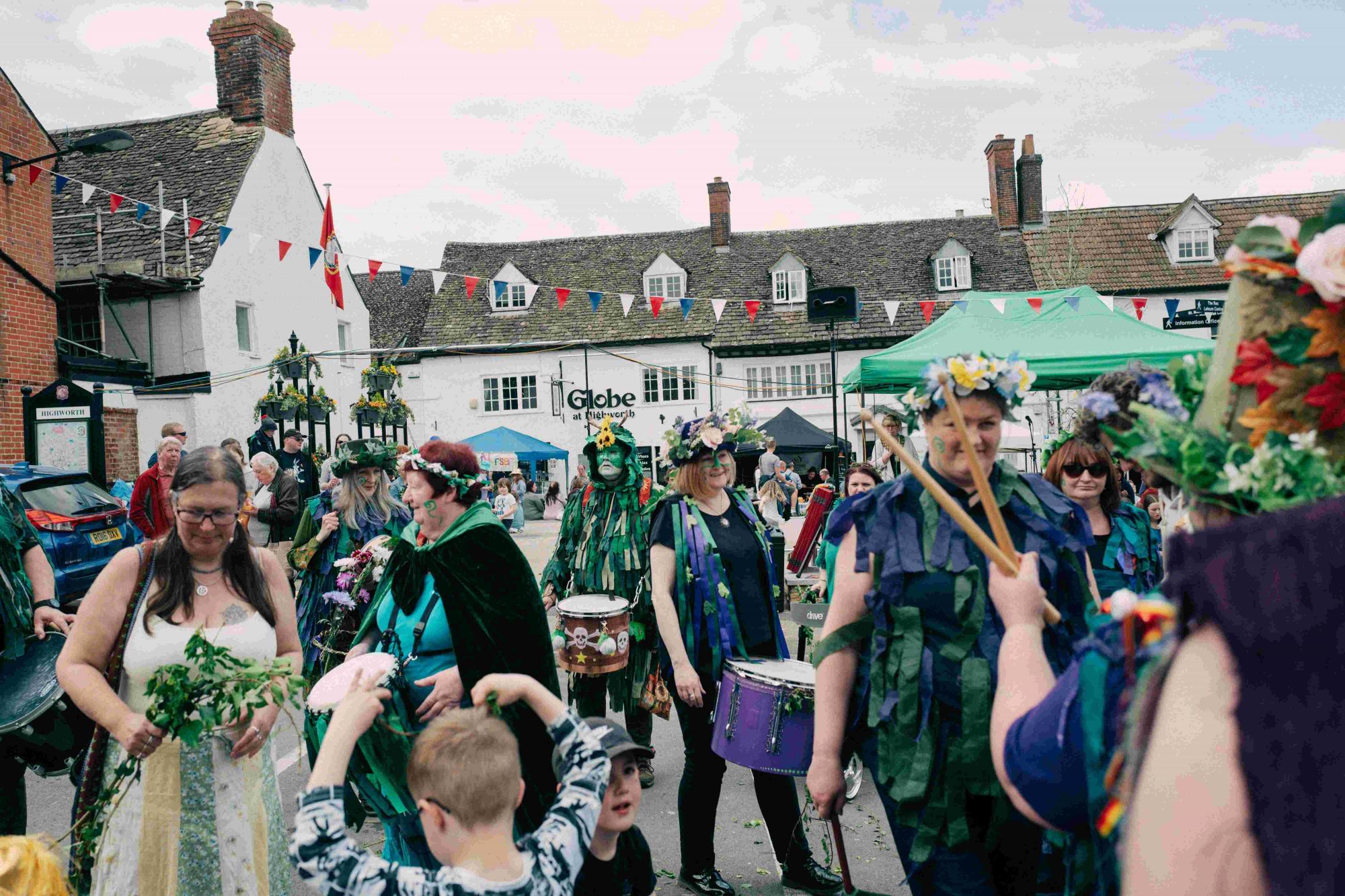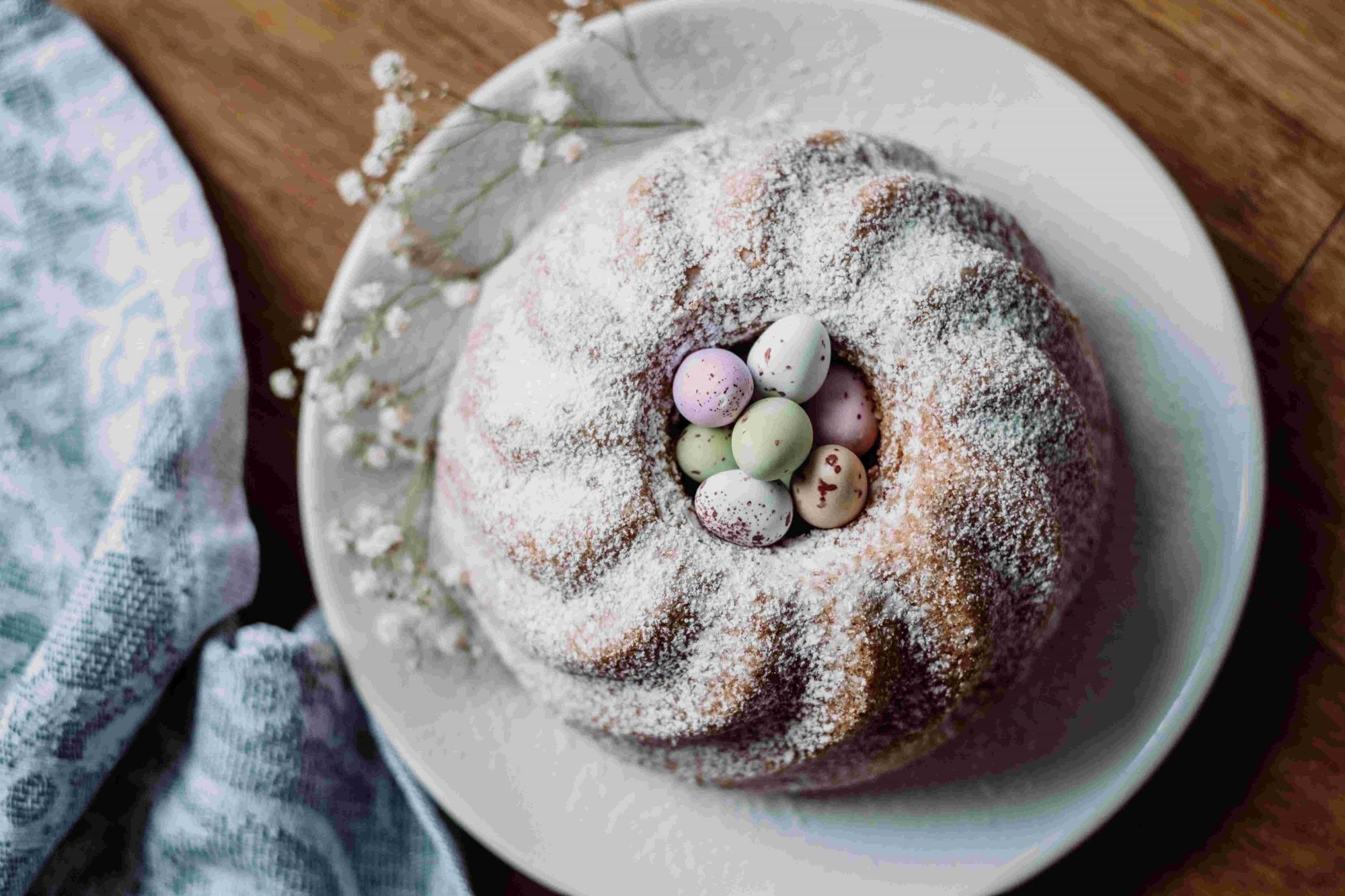If you have plans to become more self-sufficient and use your land to grow fruit, vegetables or other crops, planting an orchard is a logical step to take if you have enough space. Not only will an orchard provide you with apples and pears (or plums, cherries, medlars, mulberries etc.), but it will also encourage biodiversity and help create wildlife corridors. An orchard is a gift to future generations and to a host of beneficial wildlife including bees and birds.
Before preparing the plot and planting your orchard it is important to remember that it will require long-term maintenance. Trees need to be pruned and checked for disease, replaced over time, and fruit must be harvested (and eaten!)
However, with proper preparation, and by choosing the right fruit trees for your soil and location, an orchard can be a very rewarding project, it can be enjoyed throughout the year, from the delights of spring blossom to the gentle shade of a sunny summers day through to harvesting the fruits come autumn.
Apples and pears are the easiest fruit trees to grow and perfectly suited to the British climate. It’s also worth considering apricot, cherry, damson, fig, mulberry and plums depending on what you like to eat and on your particular growing conditions. It is always best to ask a local specialist nursery as they will be able to recommend the best varieties for your area.
Where to Site Your Orchard
Choosing a good spot for your orchard will give it the best chance of flourishing. Traditionally orchards were planted near water to try to limit exposure to frost. However, there are plenty of examples of thriving orchards sited away from water; but avoid frost pockets where possible.
Fruit trees like sun to ripen the fruit, so a warm, sunny, sheltered site which is south to south-west facing with good drainage is ideal. Native fruit trees generally tolerate most soil types (although heavy clay with poor drainage may require some soil remediation).
The advantage of planting an orchard from scratch is that you have an opportunity to prepare the ground before planting; it’s much harder to correct soil problems once trees are in the ground. For example, you may want to add lime, gypsum and/or phosphorus to balance the PH and create better soil condition. These should be added to the surface layer, which is where most tree feeder roots grow. The soil should be at least 60cm deep with a pH of neutral or slightly acidic (pH of 6.5 is good). You can get a test kit from most garden centres and nurseries.
This surface soil should not be too hard or compacted, so use a sub-soiler or a rotovator to break it up and mix any soil additives into this layer.
Planting Trees
Most orchards are planted with rows of trees to allow access and make it easier to maintain and harvest. As well as allowing sufficient space around your trees for them to grow without competition you should also ensure there is enough room to drive a vehicle (compact tractor, quad bike etc.) between the rows.
Fruit trees do not like to compete for nutrients so most orchards either have bare soil or grass underneath the trees. To stop weeds, you may want to invest in weed suppressant membrane around each trunk. Keep on top of grass and weed growth by using a compact tractor mounted verge flail mower which will enable you to mow close to the base of each tree.
If you’re planting bare-rooted stock, you’ll have to wait for winter to do it. However, you can use the rest of the year to prepare your plot, by removing perennial weeds and clearing the ground. If there’s time a crop of potatoes will add some organic matter into the soil and help with water retention.
Alternatively, container grown trees, can be planted at most times of year but are more expensive than bare-rooted trees.
Protecting Your Orchard
Young fruit trees are very attractive to rabbits and deer. Even when your trees are mature, deer love to nibble tender new shoots. Therefore, you may want to install a deer fence to protect your trees, and ensure you get the first pickings from your orchard. If you plan to put chickens or other livestock into your orchard, good fencing will be essential.
If you have a compact tractor available, a tractor mounted post-knocker is a quick and easy way to install your fence posts, for a more permanent and robust fence you may choose to use a post-hole borer which will make light work of digging the fence post holes.
Even an organic gardener can spray their trees, to protect against bugs. Not with traditional pesticides but with a miscible oil spray, this is a dormant spray which is applied before a tree begins its annual growth and disappears before the leaves begin to emerge. Properly applied, this will not harm your trees but will have the effect of suffocating bugs.
More information
For further inspiration, you may like to pay a visit to an Apple and Orchard day at South Yeo Farm West, near Okehampton. Debbie and Andrew Hubbard have been running these popular courses for several years, you will learn about planting and managing your own orchard. They also advise on how to make the best of your produce, their one day course covers juice, jams, chutneys and cider.
For general information on fruit trees, have a look at the very easy guides produced by the RHS, available on their online advice pages: https://apps.rhs.org.uk/advicesearch/
For Specialist Nurseries:
Chris Bowers & Sons: https://www.chrisbowers.co.uk/ for ready trained fruit trees
Keeper’s Nursery: https://www.keepers-nursery.co.uk/ a good range of fruit trees







